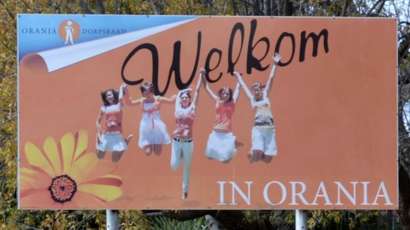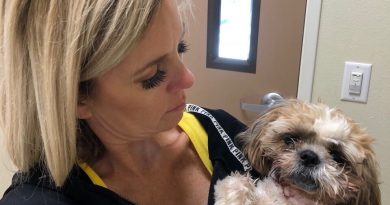Orania: a town dominated by whites only in South Africa
In the sparsely populated Karoo desert in the heart of South Africa’s Northern Cape, the spirit of apartheid lives on after Late Mandela became the first black President of South Africa in 1994
Orania is an Afrikaner-only town, where only Afrikaans is spoken, because of fears about “diluting culture”.
Afrikaners in South Africa:
Afrikaners are descendants of Dutch, German and French settlers who arrived in the 17th Century
The Dutch, who arrived in 1652, took over land from local people and put them to work as farm workers
Afrikaners dominated South Africa for many decades and introduced the apartheid system which was based on racial segregation
Orania was established in 1991, by Afrikaner intellectual Carel Boshoff Snr
The town is built on 8,000 hectares of farmland along the Orange River
Not a single black people in the town of 1,000 – an unusual experience in modern South Africa.
The town was founded by Mr Boshoff Snr as a registered company shortly before white-minority rule ended in the rest of the country.
Near the entrance of the gated community was a statue of Mr Verwoerd, one of a few of the apartheid-era prime ministers, and the Orania flag – with similar colours to the old republic’s orange, white and blue stripes – which hung proudly.
The town was quiet; the sound of birds and rustling leaves interrupted by a few cars passing by. It is an eerie place for an outsider.
Mr Verwoerd’s grandson says that his people were faced with a tough question about their future when the black government was elected in 1994.
“In terms of Afrikaners who had been standing very close to the state, when the policies such as black economic empowerment and affirmative action came into place, Afrikaners needed to seriously think about their future. It wouldn’t make sense not to,” he said.
Orania has also proved to be the answer for those Afrikaners who felt displaced in the land their people had ruled for many decades.
“I see nothing wrong with apartheid,” says Martin Kemp, one of the older residents.
“Of course you get the petty apartheid: ‘You use this toilet I use that toilet’, I don’t think that was necessary but the real apartheid as Dr Verwoerd saw it, there was nothing wrong with it,” he said.
The town boasts amenities such as shops, hair salons, a library, a post office, a hotel, a couple of schools – and churches, a lot of churches.




